Non-stick bakeware is a game-changer for busy cooks. Not only does it provide a hassle-free cooking experience with easy food release, but it also makes cleaning up after a long day in the kitchen a breeze. If you're always on the go and don’t have hours to spend scrubbing bakeware, these quick and easy cleanup tips will help you maintain your non-stick bakeware in pristine condition while saving time and effort.
Table of Contents
- 1. Let It Cool Before Cleaning
- 2. Use the Right Cleaning Tools
- 3. Wash with Warm, Soapy Water
- 4. Avoid the Dishwasher
- 5. Use Baking Soda for Stubborn Stains
- 6. Prevent Food Build-Up with Parchment Paper or Silicone Liners
- 7. Dry Thoroughly to Avoid Water Marks
- 8. Season Non-Stick Bakeware (Optional)
- 9. Store Properly to Maintain Shape and Coating
- 10. Quick Fixes for Scratches and Minor Damage
- 11. Conclusion
Let It Cool Before Cleaning
One of the most important tips for cleaning non-stick bakeware is to allow it to cool before washing. While it might be tempting to tackle the dishes immediately, cleaning non-stick bakeware while it’s still hot can damage the coating over time. Let it cool to room temperature to prevent warping and to ensure a smoother cleaning process.
Use the Right Cleaning Tools
To protect the non-stick surface, avoid using harsh, abrasive scrubbing pads or steel wool. These can scratch and wear down the coating. Instead, use:
- Soft Sponges: A gentle sponge or cloth will lift away food without damaging the coating.
- Plastic Scrapers: For stubborn bits of food, use a plastic scraper or spatula to gently remove them without scratching.
- Microfiber Cloth: After washing, wipe the surface with a microfiber cloth to keep it free from streaks and residue.
Wash with Warm, Soapy Water
The best way to clean your non-stick bakeware is with warm, soapy water. Avoid using harsh detergents, as they can degrade the non-stick coating over time. Simply fill your sink with warm water and mild dish soap, then soak the bakeware for a few minutes to loosen any baked-on food.
Avoid the Dishwasher
While some non-stick bakeware is labeled dishwasher-safe, hand washing is still the best option to extend the life of the non-stick coating. The high heat and strong detergents in the dishwasher can cause the surface to deteriorate over time, reducing its non-stick effectiveness. Stick to hand washing with a gentle sponge for long-lasting results.
Use Baking Soda for Stubborn Stains
If you encounter tough stains or greasy residue on your non-stick bakeware, baking soda can be a lifesaver. It’s a natural abrasive that’s tough on stains but gentle on the surface. Here’s how to use it:
- Make a Paste: Mix baking soda with a little water to form a paste.
- Apply and Wait: Spread the paste over the stained areas and let it sit for 10-15 minutes.
- Scrub Gently: Use a soft sponge to scrub away the stain, then rinse thoroughly with warm water.
Prevent Food Build-Up with Parchment Paper or Silicone Liners
To minimize the mess from the start, consider lining your non-stick bakeware with parchment paper or silicone baking liners. These create a barrier between your bakeware and the food, making cleanup even easier. You won’t have to worry about scrubbing away food residue, and it can save you time if you’re baking frequently.
Dry Thoroughly to Avoid Water Marks
After washing, dry your non-stick bakeware thoroughly with a soft towel or cloth to avoid water marks or streaks. Leaving moisture behind can lead to the development of stains or spots, particularly with metal or ceramic non-stick options.
Season Non-Stick Bakeware (Optional)
To keep your non-stick bakeware in top condition and further enhance its food release properties, you can occasionally season the surface. This is especially useful for bakeware like loaf pans or muffin tins. Simply rub a small amount of vegetable oil or non-stick spray on the surface and heat the bakeware in the oven for about 10-15 minutes. This will help keep the surface smooth and enhance its non-stick properties.
Store Properly to Maintain Shape and Coating
Proper storage of your non-stick bakeware is key to maintaining its performance. Stack your bakeware carefully to avoid scratching the surface. If you’re stacking multiple pieces, consider placing a soft towel or liner between them to prevent contact that could damage the coating. Store your bakeware in a cool, dry area, away from any sharp objects or heavy cookware.
Quick Fixes for Scratches and Minor Damage
While it’s best to avoid scratches, sometimes they happen. If you notice minor scratches on your non-stick bakeware, they won’t affect its performance immediately, but it’s still a good idea to keep an eye on them. If the scratches worsen, it may be time to replace the bakeware. However, continuing to clean and care for your bakeware properly will help extend its lifespan.
Conclusion
With these simple and effective cleanup tips, non-stick bakeware can make cooking and cleaning a breeze. Whether you’re a busy home cook or a seasoned chef, the convenience of non-stick surfaces paired with minimal cleanup allows you to spend more time enjoying your culinary creations and less time scrubbing. By following these maintenance practices, you’ll enjoy years of hassle-free cooking with your non-stick bakeware!

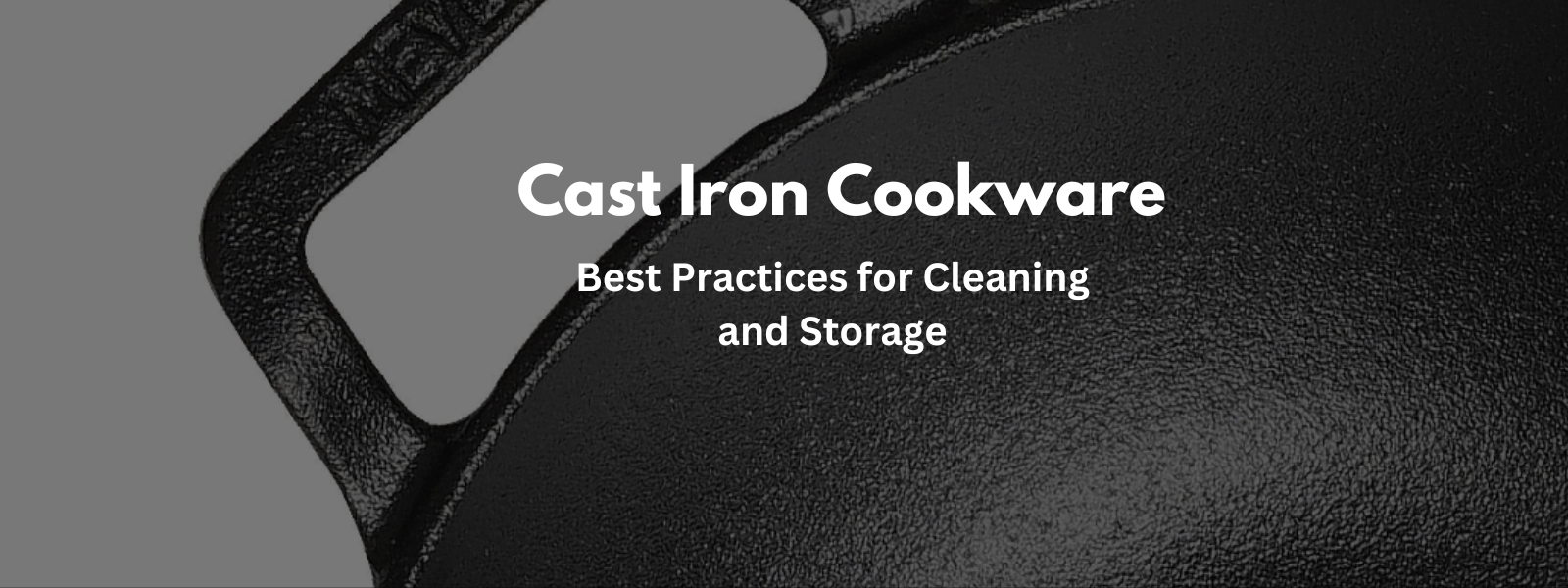
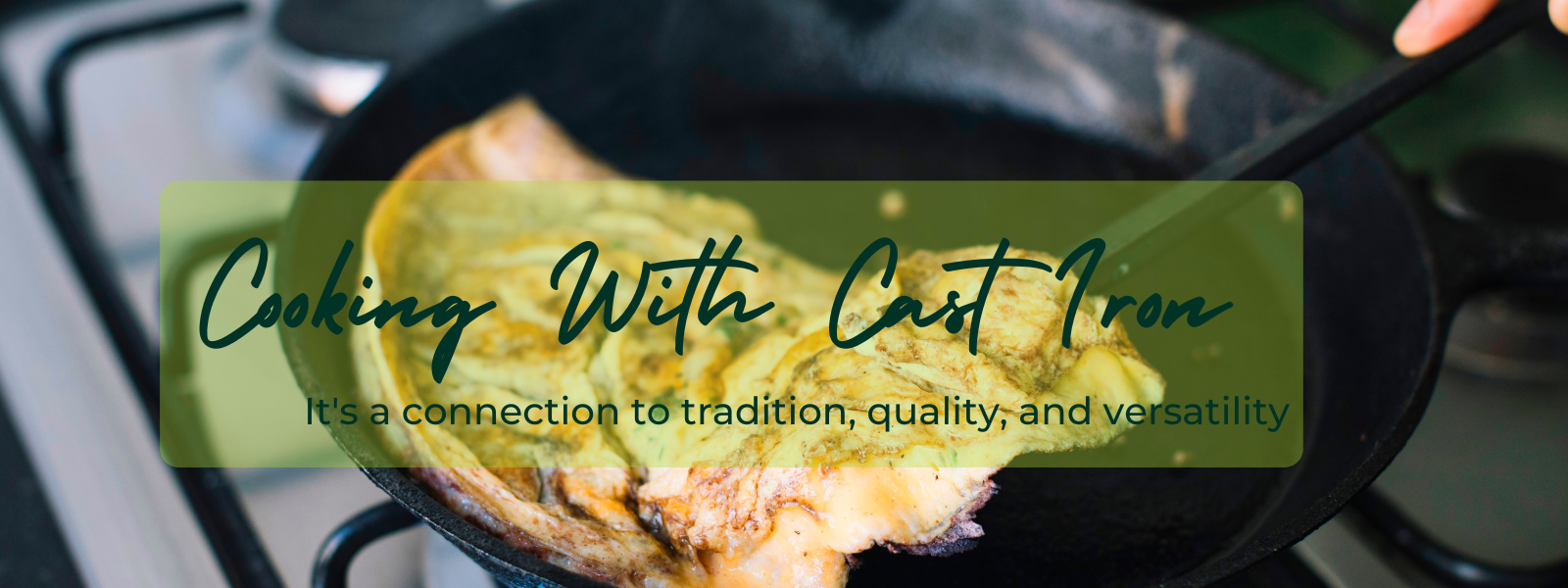

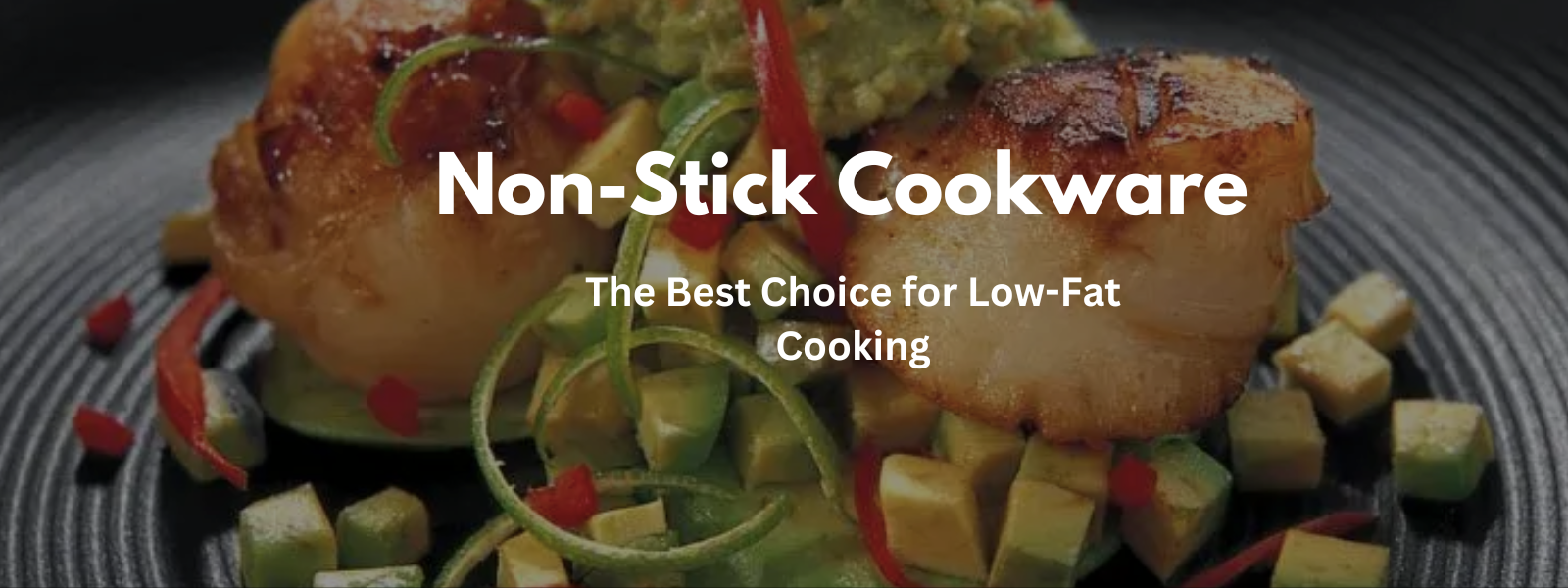
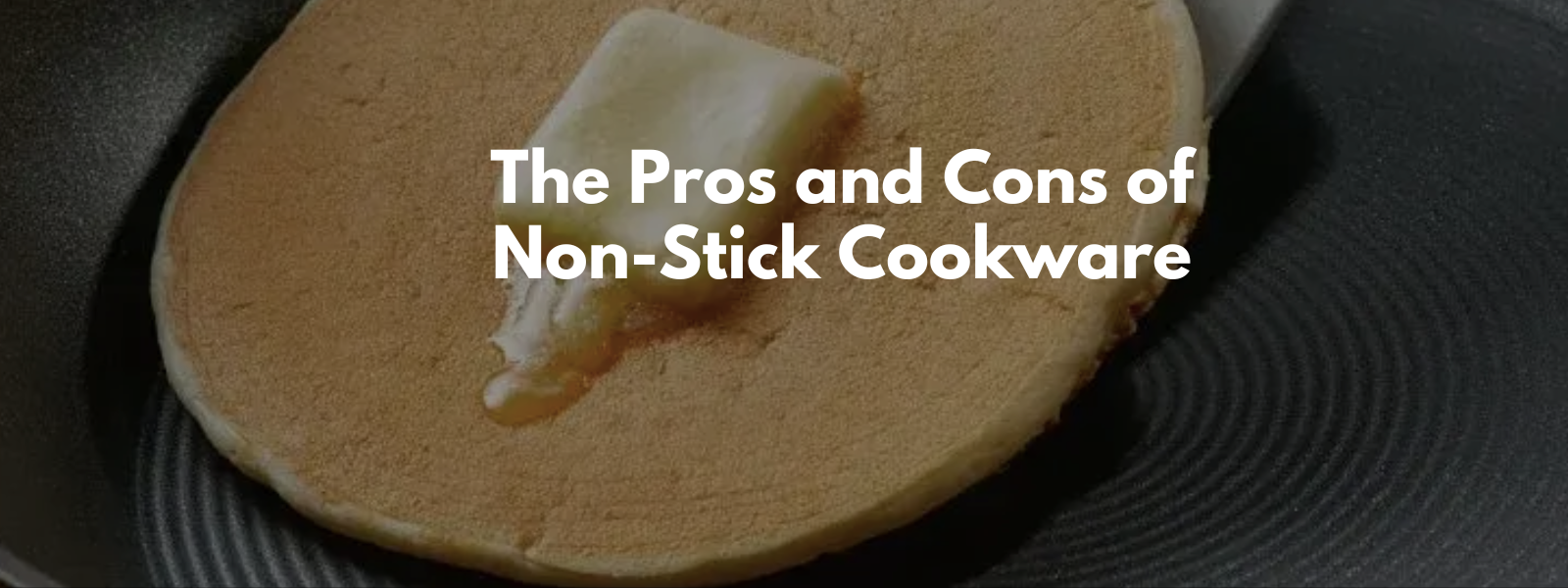

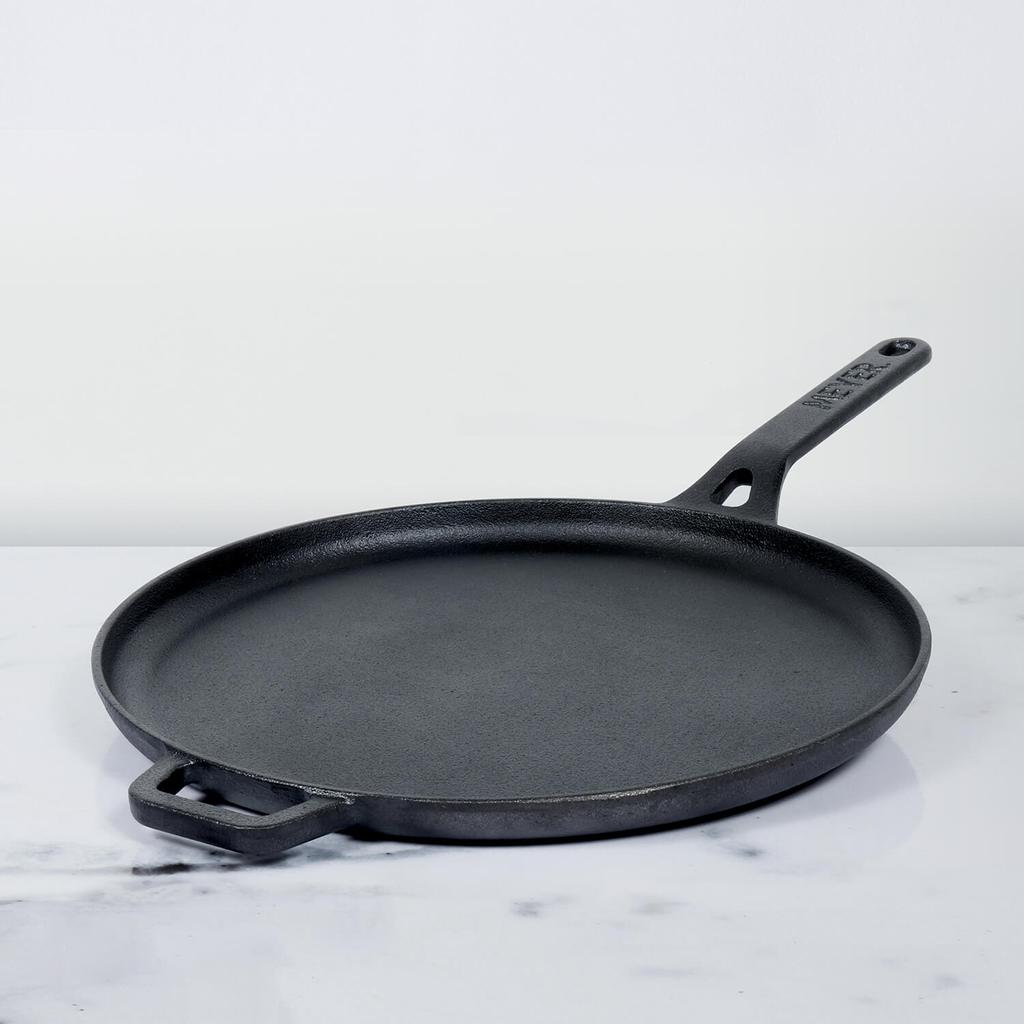





Leave a comment